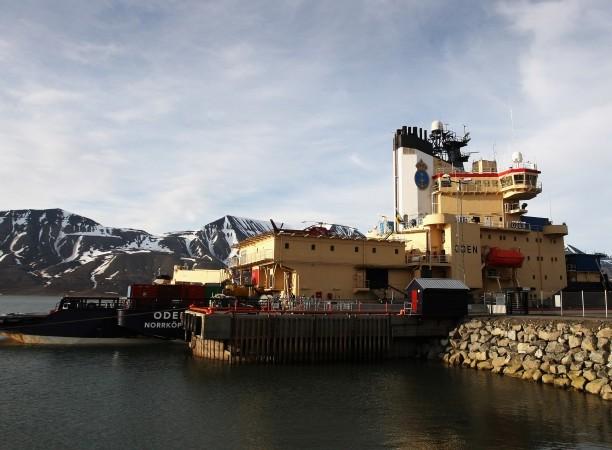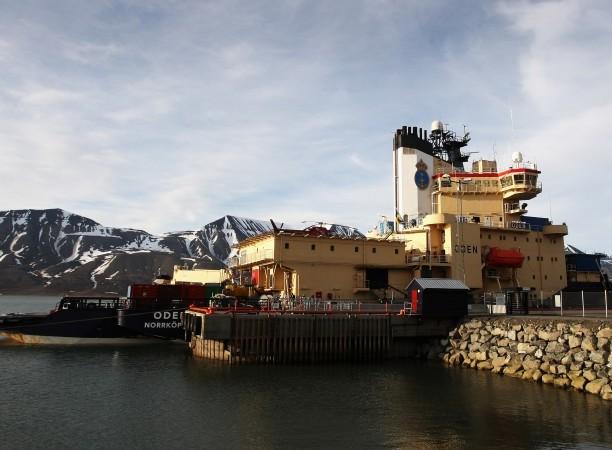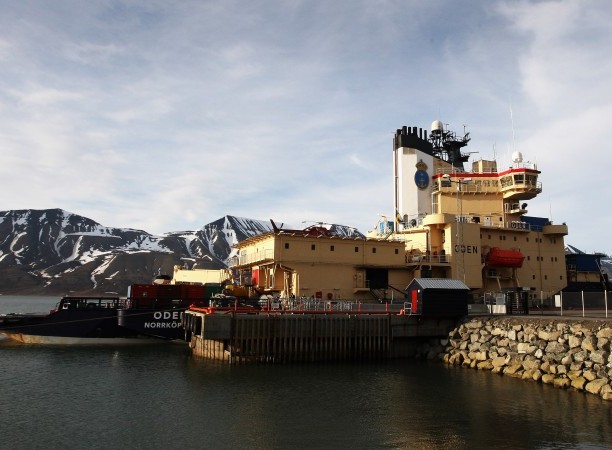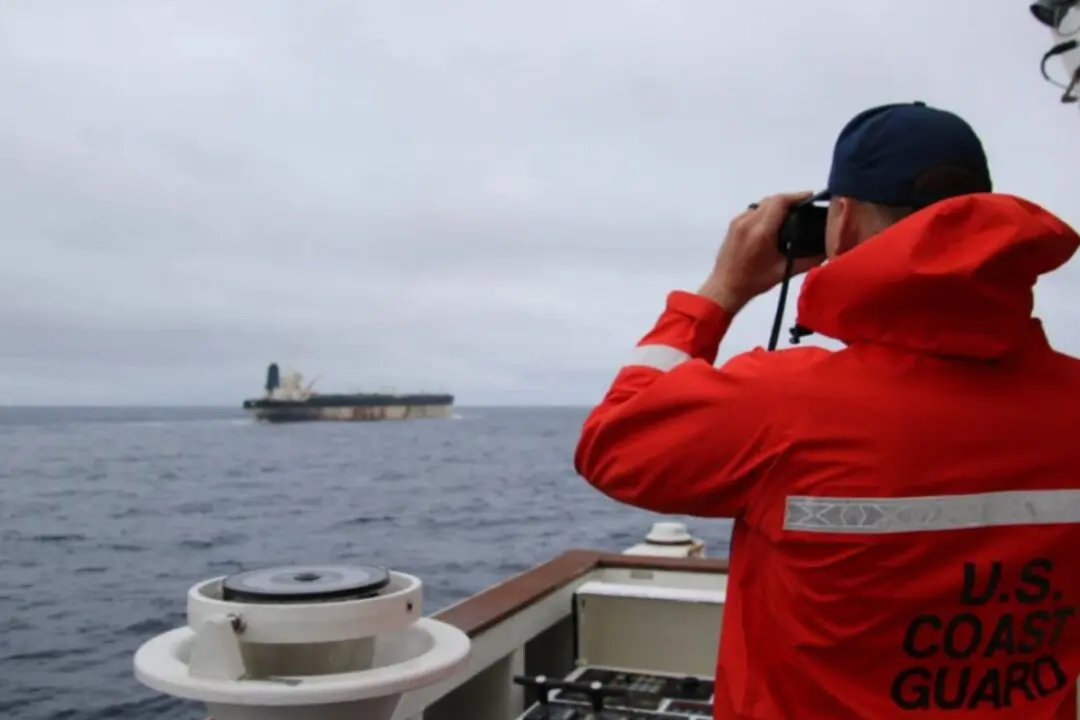Debris like plastic bags and other waste are continuing to pile up on the Arctic Ocean’s seabed, with the amount doubling in the past ten years, according to a new study.
Marine biologist and deep sea expert Melanie Bergmann, in a study published Monday in the Marine Pollution Bulletin, examined 2,100 photographs of the Arctic seafloor at a depth of around 8,200 feet in the Fram Strait, which is located between Greenland and the Svalbard Islands.
The trash, Bergmann said, is impacting local sea life, with almost 70 percent of plastic litter coming “into some kind of contact with deep-sea organisms.”
“For example we found plastic bags entangled in sponges, sea anemones settling on pieces of plastic or rope, cardboard and a beer bottle colonized by sea lilies,” Bergmann says in a press release.
The photos Bergmann used were from a camera stationed near the seabed, that takes a photograph every 30 seconds. The camera is primarily used by scientists for documenting changes in the biodiversity, mainly in regards to sea cucumbers, sea lilies, sponges, fish, and shrimp.
Bergmann said she went through all the photographs from 2002, 2004, 2007, 2008, and 2011 to make a comparison of the trash on the seafloor.
“The study was prompted by a gut feeling. When looking through our images I got the impression that plastic bags and other litter on the seafloor were seen more frequently in photos from 2011 than in those dating back to earlier years,” Bergmann said in a release.
Trash and other pollutants that make it to the Arctic Ocean come from sources around the world via air and ocean currents, says the Pew Environment Group think tank. It argues that as Arctic ice continues to melt, more ships will be using the Northwest Passage and other routes that are subsequently opened up further, increasing the amount of garbage and sewage dumped into the ocean.
In Bergmann’s study, she was not able to determine the origin of the trash, but came to the conclusion that the dwindling Arctic sea ice is likely a factor. The ice serves as a barrier to trash that is blown from the land into the sea as well as blocking ships from passing through.
Bergmann said the photos showed the increasing pollution down there. “Waste can be seen in around one percent of the images from 2002,” she noted, adding it is “primarily plastic.”
“In the images from 2011 we made the same discovery on around two percent of the footage. The quantity of waste on the sea bed has therefore doubled,” she said.
There has been an idea that since the Arctic Ocean is located in a very remote area of the world with a relatively tiny population, it should have little to no garbage.
“Unfortunately, our results refute this notion at least for our observatory. The quantities observed were higher than those recorded from a deep-sea canyon not far from the industrialized Portuguese capital Lisbon,” Bergmann said.
The Epoch Times publishes in 35 countries and in 19 languages. Subscribe to our e-newsletter.







